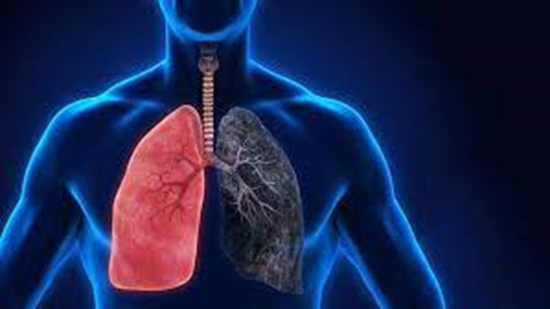National, subnational and risk attributed burden of chronic respiratory diseases in Iran from 1990 to 2019
Data on the distribution of the burden of diseases is vital for policymakers for the appropriate allocation of resources. In this study, we report the geographical and time trends of chronic respiratory diseases (CRDs) in Iran from 1990 to 2019 based on the Global burden of the Disease (GBD) study 2019.

Introduction
Data on the distribution of the burden of diseases is vital for policymakers for the appropriate allocation of resources. In this study, we report the geographical and time trends of chronic respiratory diseases (CRDs) in Iran from 1990 to 2019 based on the Global burden of the Disease (GBD) study 2019.
Methods
Data were extracted from the GBD 2019 study to report the burden of CRDs through disability-adjusted life years (DALYs), mortality, incidence, prevalence, Years of Life lost (YLL), and Years Lost to Disability (YLD). Moreover, we reported the burden attributed to the risk factors with evidence of causation at national and subnational levels. We also performed a decomposition analysis to determine the roots of incidence changes. All data were measured as counts and age-standardized rates (ASR) divided by sex and age group.
Results
In 2019, the ASR of deaths, incidence, prevalence, and DALYs attributed to CRDs in Iran were 26.9 (23.2 to 29.1), 932.1 (799.7 to 1091.5), 5155.4 (4567.2 to 5859.6) and 587,911 (521,418 to 661,392) respectively. All burden measures were higher in males than females, but in older age groups, CRDs were more incident in females than males. While all crude numbers increased, all ASRs except for YLDs decreased over the studied period. Population growth was the main contributor to the changes in incidence at a national and subnational levels. The ASR of mortality in the province (Kerman) with the highest death rate (58.54 (29.42 to 68.73) was four times more than the province (Tehran) with the lowest death rate (14.52 (11.94 to 17.64)). The risk factors which imposed the most DALYs were smoking (216 (189.9 to 240.8)), ambient particulate matter pollution (117.9 (88.1 to 149.4)), and high body mass index (BMI) (57 (36.3 to 81.8)). Smoking was also the main risk factor in all provinces.
Conclusion
Despite the overall decrease in ASR of burden measures, the crude counts are rising. Moreover, the ASIR of all CRDs except asthma is increasing. This suggests that the overall incidence of CRDs will continue to grow in the future, which calls for immediate action to reduce exposure to the known risk factors. Therefore, expanded national plans by policymakers are essential to prevent the economic and human burden of CRDs.





ارسال نظر